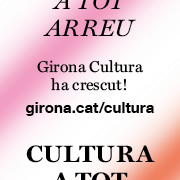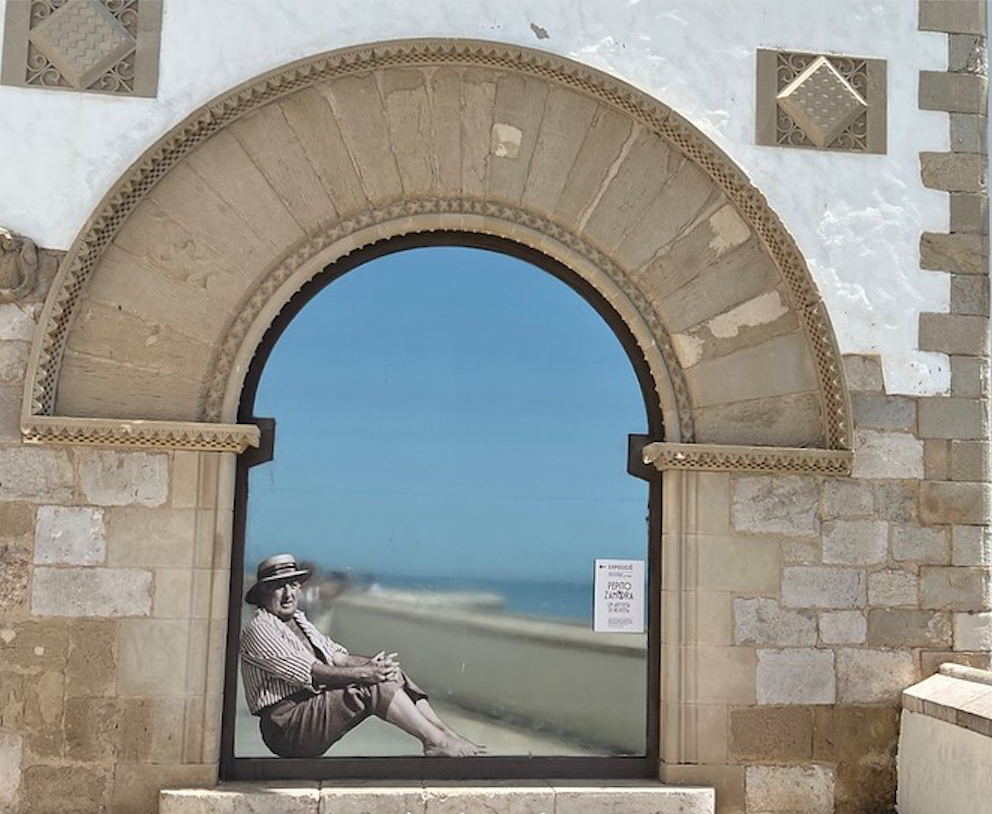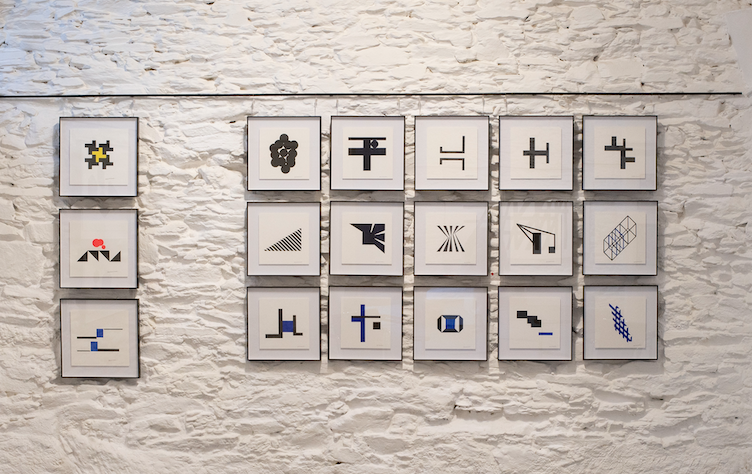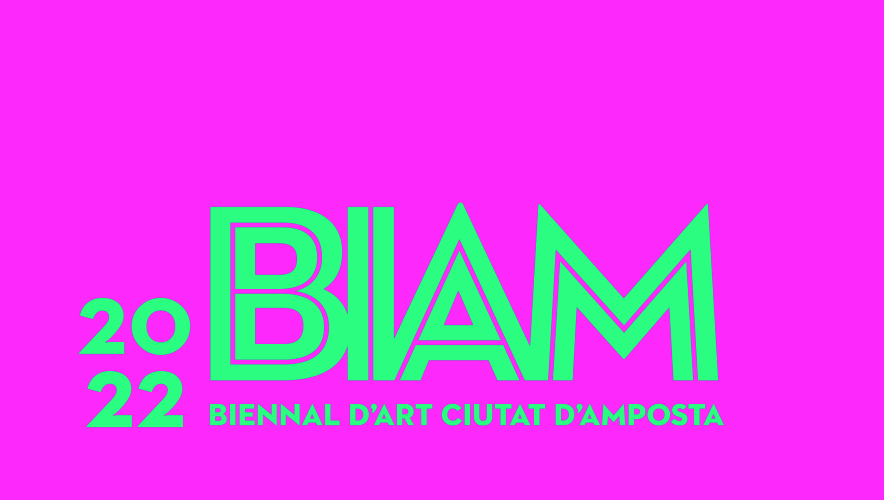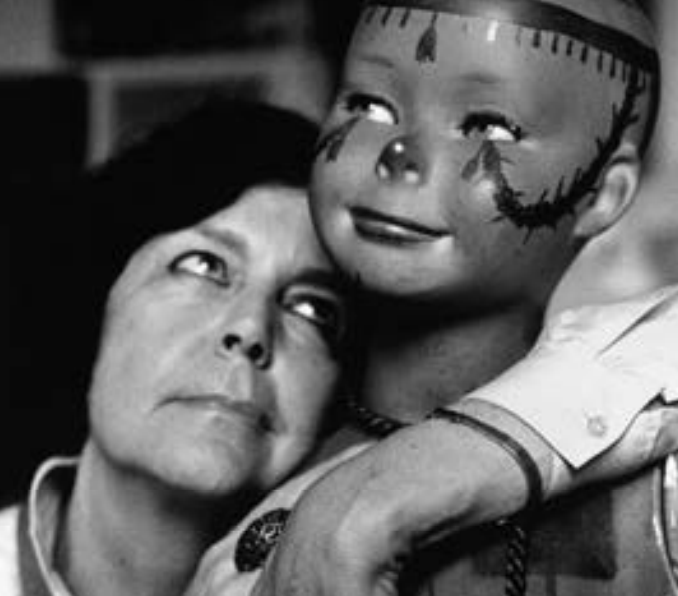Exhibitions
cross the threshold
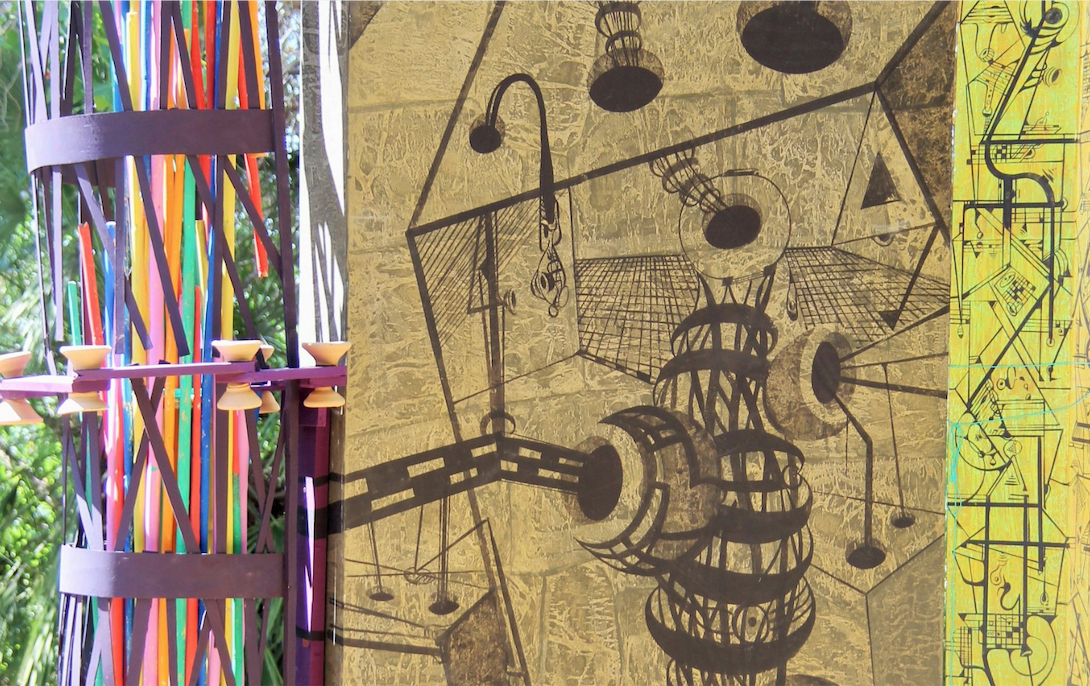
A lover of installations, since his beginnings in the 70s, Antoni Federico has turned his studio in l'Estrada into a true research laboratory. From there, and with exclusive dedication, he creates artistic objects that serve as a tool for him to understand a little better what it means to "be human" and this involves embarking on the adventure of trying to advance the knowledge of world, its laws, its ultimate nature.
Convinced that the true work of the artist consists in exploring the unknown and trying to represent the ineffable, Federico surprises us with artefacts that are difficult to classify. These are constructions that act as allegories of universal themes that, since the origins of humanity, have been addressed first by mythology and religion and then by science and philosophy and also by art.
From a very personal aesthetic approach, this artist conceives each exhibition as an authentic occupation of space, as a transformation of the room, with the aim of shaking the viewer, of impacting him from the point of view sensory and intellectual, to raise questions and provoke emotions.
On this occasion, the church of the old convent of Sant Agustí de Castelló d'Empúries acts as an unbeatable receptacle for a large construction conceived as a portal to be crossed and which includes a very extensive repertoire of material resources and language who presides over the work of Antoni Federico.
Painting on wood, terracotta, methacrylate, metal and paper mix and coexist in a portal of monumental dimensions that invites us to cross the threshold of conventional artistic language and enters a universe halfway to quantum physics and sacred geometry.
The central installation is accompanied by a very demanding selection of pieces that occupy the side chapels and shock us and sometimes baffle us. With an extraordinary sense of scenography, "Crossing the Threshold" shows that in the choice of each piece and in its distribution in the occupied space there is a desire to understand the exhibition as a global project.
All of this is an excellent example of how the dialogue between contemporary art and ancestral heritage spaces becomes a unique, highly significant and, in this case, unavoidable artistic experience.



